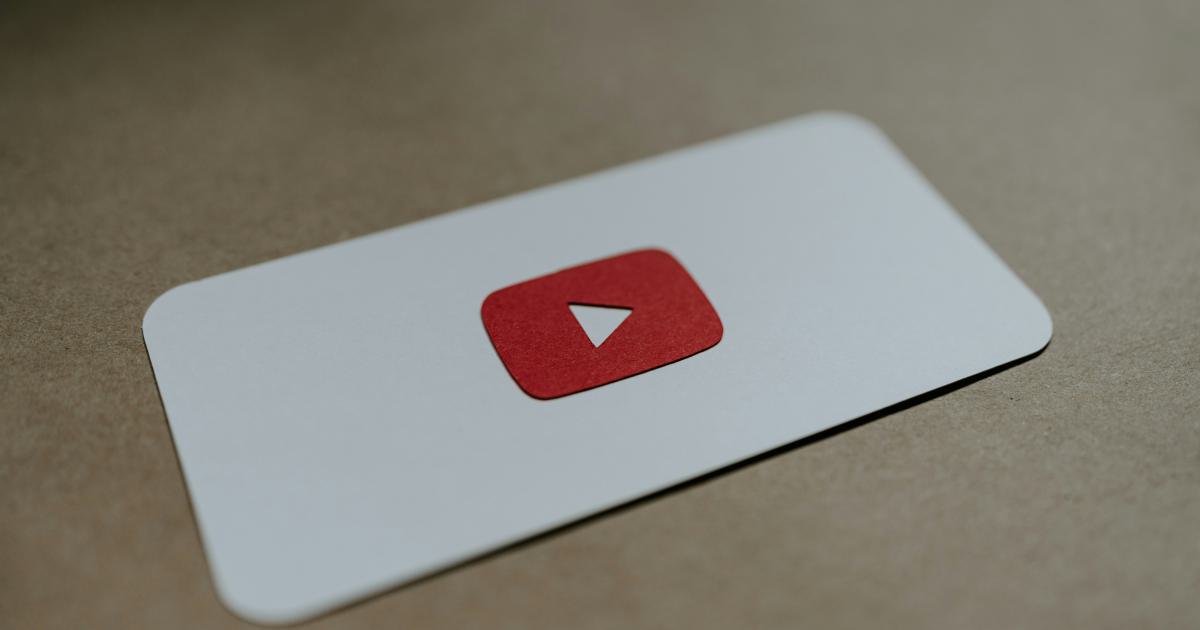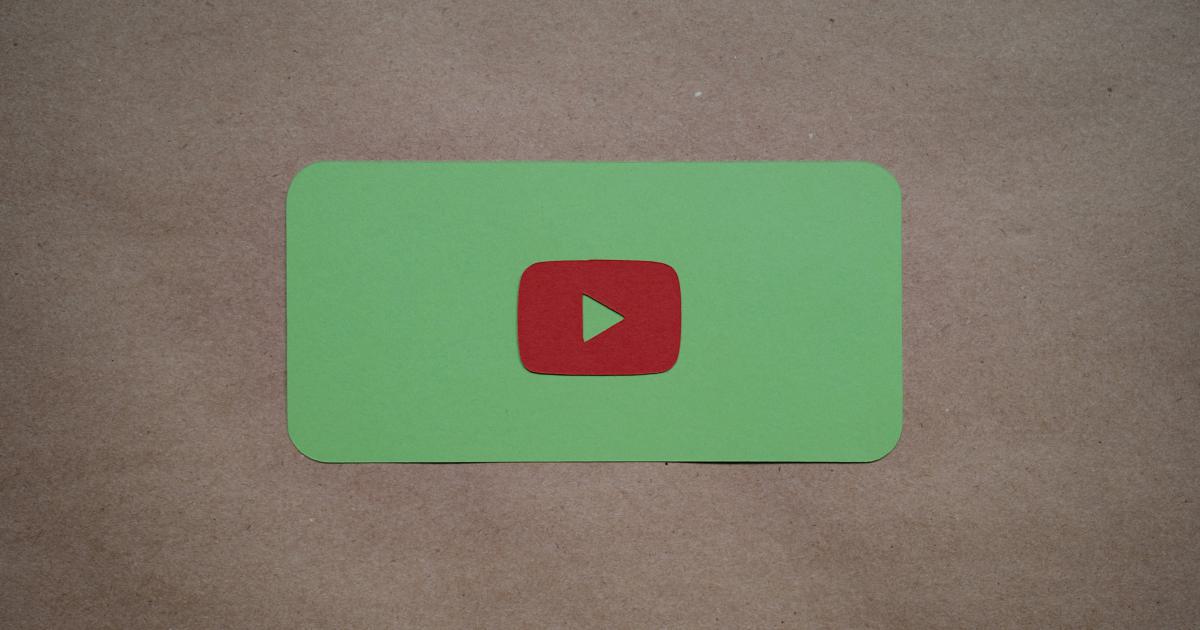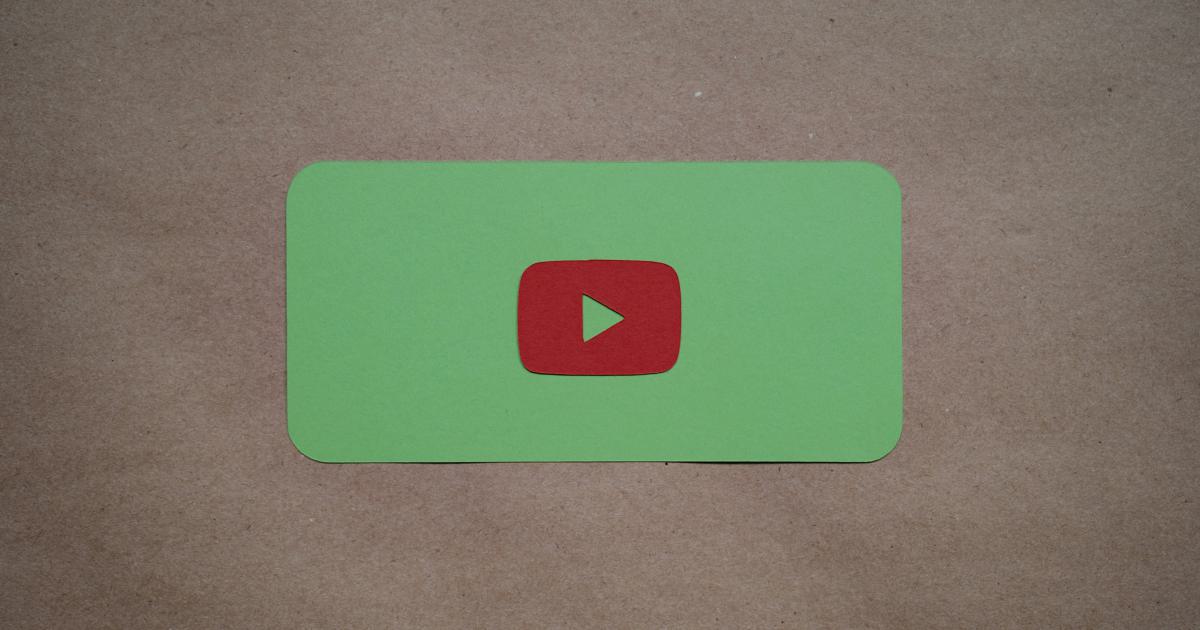10 Surefire Strategies for Repurposing Existing Content Assets


In today's fast-paced digital landscape, creating fresh, engaging content can be a constant challenge for marketers, creators, and businesses of all sizes. However, what if you could breathe new life into your existing content assets and maximize their impact without starting from scratch? Welcome to the world of content repurposing – a strategic approach that can save you time, effort, and resources, all while amplifying your reach and resonance with your target audience.

In this comprehensive guide, we'll explore 10 surefire strategies for repurposing your existing content assets to their fullest potential. From transforming blog posts into video scripts to reviving old webinars as downloadable resources, you'll uncover a wealth of methods to breathe new life into your content library and drive maximum impact.
The Power of Content Repurposing
In the digital age, content is the backbone of effective marketing and audience engagement. However, the constant demand for fresh, innovative content can be overwhelming, leading many organizations to struggle to keep up. That's where content repurposing comes into play.
Repurposing existing content assets involves transforming and repackaging your existing content into new formats, platforms, or variations. This strategic approach offers numerous benefits, including:
Increased Reach and Visibility
By repurposing your content, you can extend its lifespan and expose it to new audiences across different channels and platforms. This can lead to increased brand awareness, higher engagement, and the potential to attract new leads and customers.
Improved SEO and Content Performance
When you repurpose content, you're essentially creating new, optimized content that can boost your search engine rankings and drive more organic traffic to your website or digital properties.
Efficient Content Production
Repurposing content is a cost-effective and time-saving strategy, as it allows you to leverage your existing assets rather than starting from scratch with every new content piece.
Enhanced Content Variety
By repurposing your content, you can diversify your content offerings and cater to the varying preferences and consumption habits of your audience, keeping them engaged and coming back for more.

Now that we've explored the power of content repurposing, let's dive into 10 surefire strategies to help you maximize the value of your existing content assets.
10 Surefire Strategies for Repurposing Existing Content Assets
1. Transform Blog Posts into Podcasts or Videos
Your blog content is a goldmine of repurposing potential. Transform your well-performing blog posts into engaging podcast episodes or video content. This allows you to reach new audiences who prefer audio or visual formats, while also driving more traffic to your website and boosting your SEO.
When repurposing blog content into podcasts or videos, be sure to:
- Adapt the tone and delivery to the new format
- Incorporate visuals, graphics, or interview segments to enhance the experience
- Optimize the content for search engines and platform-specific best practices

2. Curate and Compile Top Performing Content into eBooks or Whitepapers
Identify your most popular and informative blog posts, webinars, or other content assets, and repurpose them into a comprehensive eBook or whitepaper. This allows you to package your expertise and insights into a valuable, downloadable resource that can be used for lead generation, customer education, or thought leadership positioning.
When creating an eBook or whitepaper, consider:
- Organizing the content into logical chapters or sections
- Incorporating visuals, data visualizations, and graphics to enhance the user experience
- Optimizing the content for search engines and easy sharing

3. Repurpose Webinars and Virtual Events as On-Demand Content
Your past webinars and virtual events represent a treasure trove of repurposing potential. Transform these recordings into a library of on-demand content that can be accessed by your audience at their convenience, such as:
- Standalone video recordings
- Edited highlight reels
- Audio-only podcast episodes
- Downloadable slide decks or presentation materials
When repurposing webinars and virtual events, ensure you:
- Edit and optimize the content for on-demand consumption
- Promote the new content assets across your marketing channels
- Consider gating the content to collect leads or offer it as a premium resource

4. Repackage Existing Content into Interactive Quizzes or Assessments
Your audience loves engaging, interactive content. Transform your existing blog posts, industry insights, or product information into interactive quizzes or assessments that provide personalized recommendations or feedback. Not only do these formats boost engagement, but they can also serve as lead generation tools and provide valuable data about your audience's interests and pain points.
When creating interactive content:
- Identify content that lends itself well to a quiz or assessment format
- Craft questions and response options that provide meaningful insights
- Ensure the content is visually appealing and easy to navigate

5. Expand on Topic Clusters with In-Depth Pillar Content
Chances are, you've already created a wealth of content around specific topics or themes. Leverage this by identifying opportunities to expand on your existing topic clusters and create in-depth "pillar" content, such as comprehensive guides, ultimate resources, or industry reports.
When expanding on topic clusters:
- Analyze your existing content to identify gaps or areas that could benefit from deeper exploration
- Consolidate related content into a cohesive, value-packed resource
- Optimize the pillar content for search engines and thought leadership positioning

6. Repurpose Existing Content into Social Media Posts and Stories
Your social media channels present an excellent opportunity to repurpose your existing content assets. Transform blog posts, infographics, or other content into bite-sized social media updates, such as:
- Shareable quotes or key takeaways
- Captivating images or video clips
- Carousel posts with multiple content elements
- Engaging social media stories
When repurposing content for social media:
- Tailor the content to the specific platform and its audience preferences
- Use visually appealing formatting and eye-catching design elements
- Leverage relevant hashtags and optimize for discoverability

7. Adapt Content for different Languages and Locales
If your organization operates in multiple regions or serves a diverse, global audience, consider repurposing your existing content for different languages and locales. This can involve translating blog posts, subtitling videos, or creating region-specific versions of your content assets.
When adapting content for global audiences:
- Ensure accurate and culturally appropriate translations
- Tailor the content to local preferences, customs, and regulations
- Optimize the content for search engines and discoverability in each market

8. Refresh and Republish Evergreen Content
Your evergreen content – the articles, guides, or resources that remain relevant and valuable over time – are prime candidates for repurposing. Revisit these assets, update the information, and republish them to breathe new life into your content library.
When refreshing and republishing evergreen content:
- Identify content that has performed well and maintained relevance
- Update the information, statistics, and references to ensure accuracy
- Optimize the content for search engines and user experience

9. Repurpose Content into Targeted Email Campaigns
Your email list represents a captive audience that can benefit from your repurposed content. Transform blog posts, industry insights, or product information into a series of targeted email campaigns that provide value and drive engagement.
When repurposing content for email:
- Segment your email list to deliver the most relevant content to each audience
- Craft compelling email subject lines and preview text to encourage opens
- Optimize the email content for mobile-friendly and scannable formats

10. Leverage User-Generated Content and Customer Testimonials
Your customers and audience members are a valuable source of repurposable content. Curate and showcase user-generated content, such as social media posts, product reviews, or customer testimonials, to build social proof and increase the reach of your brand's message.
When repurposing user-generated content:
- Obtain the necessary permissions and credits
- Integrate the content into your marketing campaigns and digital assets
- Encourage and facilitate the creation of user-generated content

By implementing these 10 surefire strategies, you can breathe new life into your existing content assets, maximize your marketing efforts, and deliver even greater value to your audience. Remember, the key to successful content repurposing lies in adapting your content to different formats, platforms, and audience preferences, while maintaining the core message and quality that your audience has come to expect.